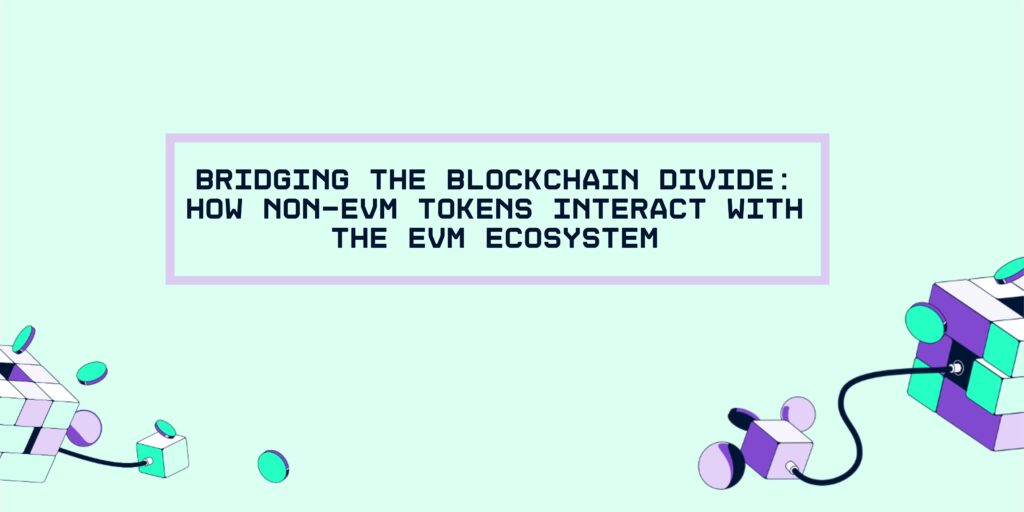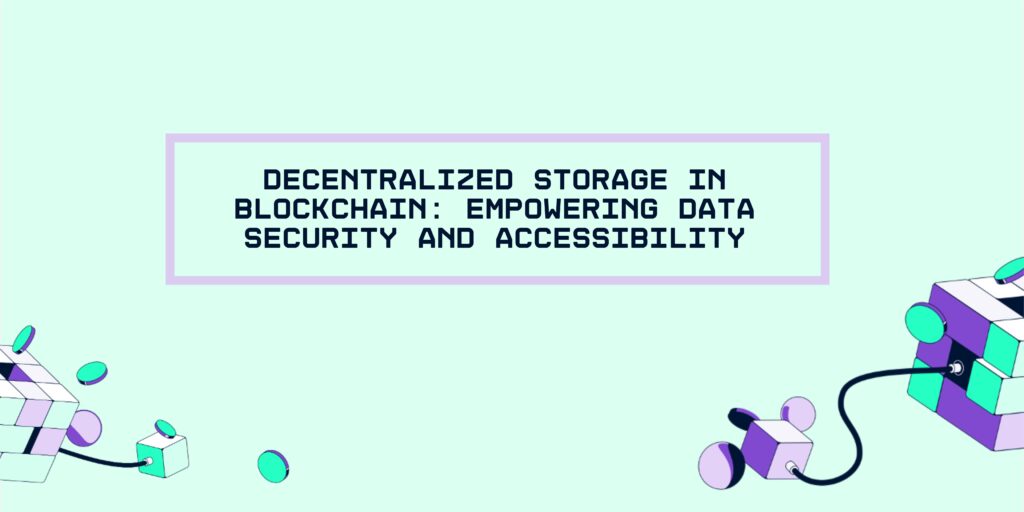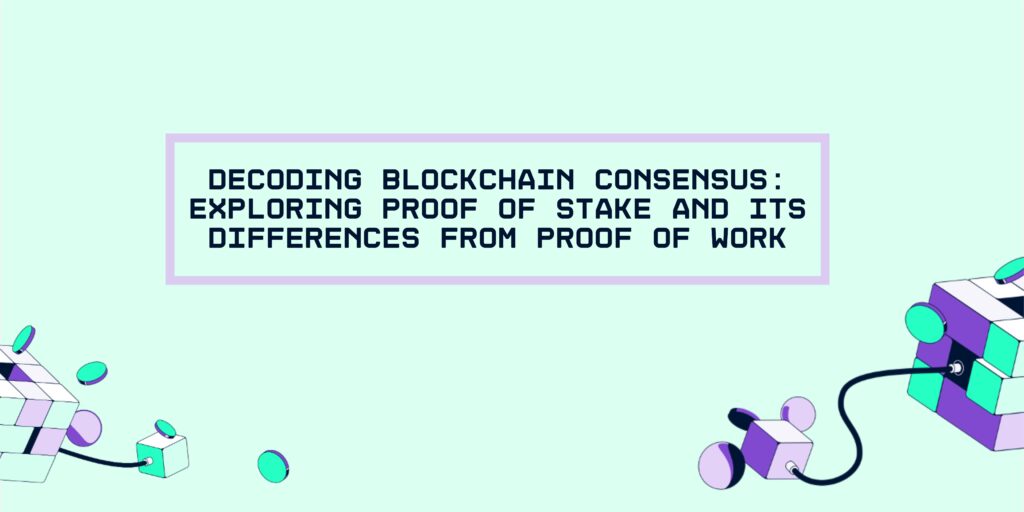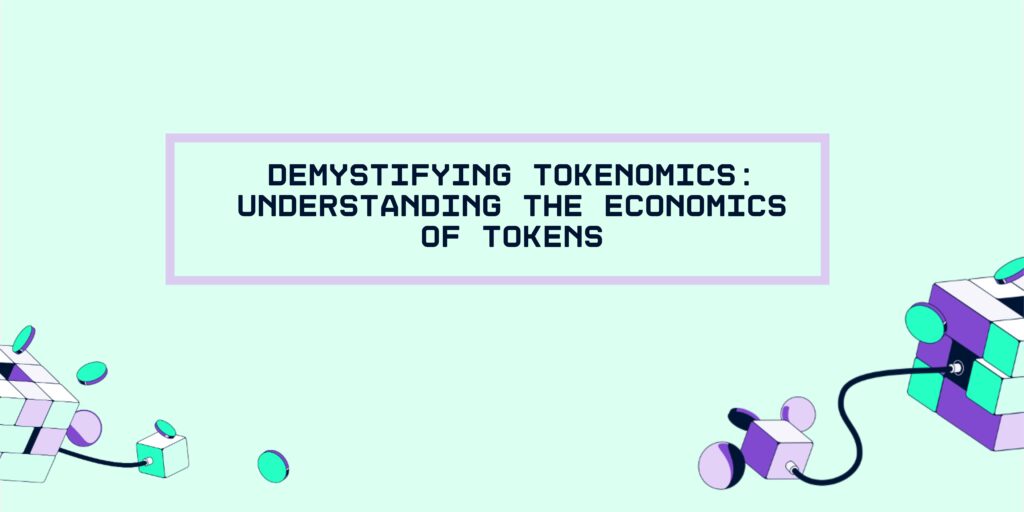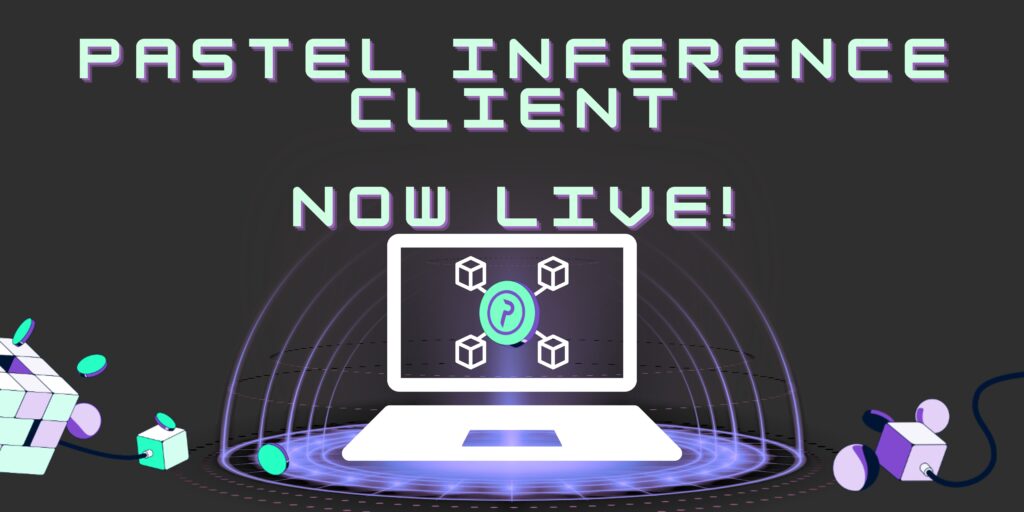Gaming and Blockchain: The Future of Interactive Entertainment
Gaming has long been a favorite pastime for people of all ages, transcending cultural and geographical boundaries. In recent years, the fusion of blockchain technology with the gaming industry has given rise to a revolution in interactive entertainment. This article explores how blockchain is shaping the future of gaming, offering unique experiences, economic opportunities, and a new level of player ownership.
The Current State of Gaming
The gaming industry has evolved significantly since its inception, with advancements in graphics, gameplay, and online multiplayer modes. However, several challenges persist:
Ownership and Control: Players invest time and money into in-game items, skins, and characters, but these assets are typically owned by game developers. Gamers have limited control over their virtual possessions.
Interoperability: Transferring in-game assets between different games or platforms is often impossible. Each game operates within its isolated ecosystem.
Monetization Models: Traditional monetization models involve loot boxes, microtransactions, and subscriptions, which can lead to a pay-to-win environment and player dissatisfaction.
Lack of Transparency: Players often lack visibility into the game’s mechanics, item drop rates, and fairness, leading to frustration and mistrust.
The Role of Blockchain in Gaming
Blockchain technology is poised to address these challenges and revolutionize the gaming industry in several ways:
- True Ownership of In-Game Assets: Blockchain allows players to have true ownership of their in-game assets as non-fungible tokens (NFTs). These unique tokens are stored on the blockchain, and players can buy, sell, or trade them freely. Whether it’s a rare weapon skin, a collectible card, or a virtual real estate parcel, players have real ownership rights.
- Interoperability and Cross-Platform Play: Blockchain-based assets can be interoperable across different games and platforms. This means that a virtual sword from one game can be wielded in another, enhancing player agency and creativity.
- Play-to-Earn Models: Blockchain enables play-to-earn (P2E) models, where players are rewarded with cryptocurrency or NFTs for their in-game achievements. This turns gaming into a potential source of income for dedicated players.
- Transparency and Fairness: Smart contracts on the blockchain can ensure transparent and verifiable gameplay mechanics. Players can trust that item drop rates, tournament outcomes, and other game elements are fair and tamper-proof.
- Decentralized Gaming Worlds: Some blockchain-based games operate in decentralized virtual worlds where players collectively shape the environment and governance. These worlds are owned by the players, not a central authority.
- Player-Driven Economies: In blockchain-based games, players have the ability to influence the in-game economy. They can determine the value of assets, set prices, and participate in marketplaces without intermediaries.
Examples of Blockchain Games
Axie Infinity: This blockchain-based game allows players to collect, breed, and battle fantasy creatures called Axies. Players earn cryptocurrency (Axie Infinity Shards) by participating in battles and other activities.
Decentraland: Decentraland is a virtual world built on the Ethereum blockchain where players can buy, sell, and develop virtual real estate. It operates as a decentralized autonomous organization (DAO) where players collectively govern the platform.
The Sandbox: This blockchain-based game empowers players to create, own, and monetize their gaming experiences using NFTs. It offers a virtual world creation platform where players can build, share, and profit from their creations.
Challenges and Considerations
While the integration of blockchain into gaming holds immense promise, there are challenges to overcome:
Scalability: Blockchain networks need to scale to accommodate millions of gamers and their transactions without slowing down or becoming congested.
User-Friendly Interfaces: The user experience needs improvement to make blockchain gaming accessible to a broader audience.
Regulatory Environment: As blockchain gaming gains popularity, regulatory scrutiny may increase, necessitating clear guidelines and compliance measures.
The Future of Gaming
Blockchain technology is reshaping the future of gaming by empowering players, enhancing ownership, and introducing innovative monetization models. The combination of blockchain’s transparency and security with the immersive nature of gaming promises a dynamic and player-centric future for interactive entertainment. As the blockchain gaming ecosystem continues to expand, players and developers alike are poised to reap the rewards of this exciting fusion of technology and entertainment.
